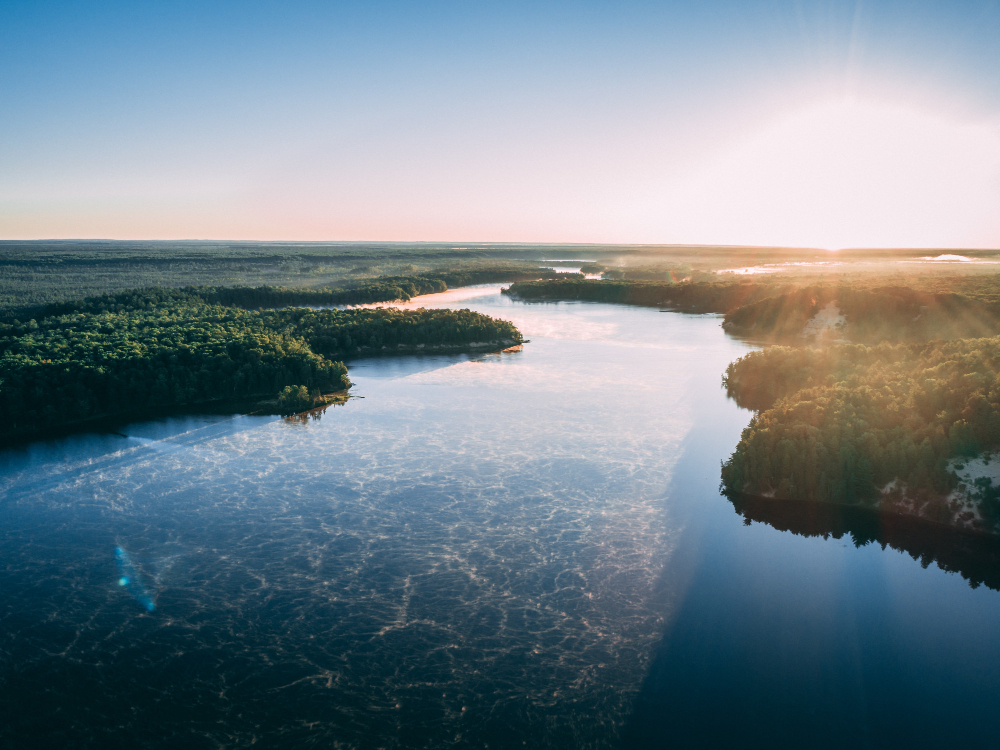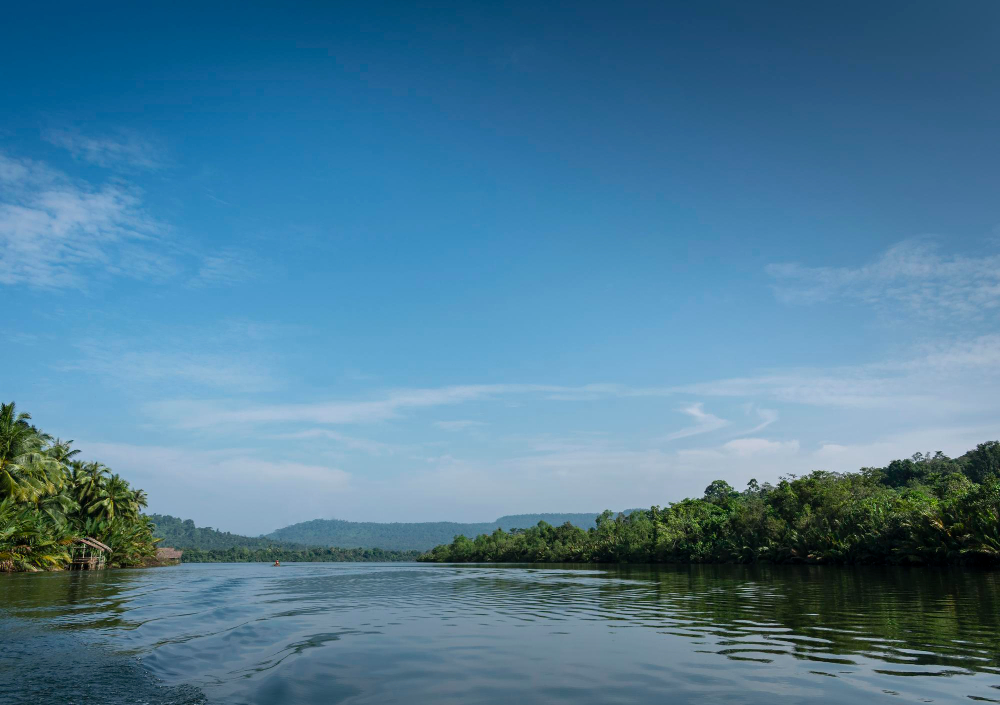Rivers have always been the lifelines of civilizations, shaping trade, culture, and human settlements across history. While many rivers flow through multiple countries, only a few travel across large parts of a continent. Among them, the Danube River holds a unique distinction—it crosses 10 countries, making it the river that passes through the most nations in the world.
This fascinating waterway is not just a geographical wonder but also a cultural, historical, and economic connector for Europe. Let’s explore the details about this extraordinary river.
The Danube River: An Overview
The Danube River is the second-longest river in Europe, after the Volga. It stretches about 2,850 kilometers (1,770 miles), beginning in Germany’s Black Forest and ending at the Black Sea in Romania and Ukraine.
- Source: Black Forest, Germany
- Mouth: Black Sea (through the Danube Delta in Romania and Ukraine)
- Length: 2,850 km
- Countries Crossed: 10
- Major Cities Along the Danube: Vienna, Budapest, Belgrade, Bratislava
This makes the Danube not only geographically significant but also one of the most historically important rivers in Europe.
Countries the Danube Flows Through

The Danube passes through or borders 10 countries, a record unmatched by any other river in the world. These countries are:
- Germany
- Austria
- Slovakia
- Hungary
- Croatia
- Serbia
- Bulgaria
- Romania
- Moldova
- Ukraine
From Western Europe to Eastern Europe, the Danube connects diverse cultures, economies, and landscapes.
Historical and Cultural Significance
Throughout history, the Danube has served as a natural boundary, trade route, and cultural hub.
- In Roman times, it marked the empire’s northern frontier.
- During the Middle Ages, it became a vital trade artery for merchants.
- Today, it remains central to European integration and cooperation, especially in transport, commerce, and tourism.
The river has also inspired countless poets, musicians, and artists. Perhaps the most famous is Johann Strauss II’s composition, “The Blue Danube”, which immortalized the river in music.
Economic Importance of the Danube
The Danube is a major waterway for transport and trade, connecting the heart of Europe to the Black Sea.
- Shipping & Trade: It is part of the Trans-European Transport Network, facilitating international trade.
- Tourism: Cities like Vienna, Budapest, and Belgrade attract millions of tourists who enjoy river cruises.
- Agriculture & Energy: The river supports irrigation, fishing, and hydroelectric power.
Its role in boosting the economies of Central and Eastern Europe cannot be overstated.
The Danube Delta – A Natural Treasure
At its end, the Danube forms the Danube Delta, one of the largest wetlands in the world. Recognized as a UNESCO World Heritage Site, it is home to over 300 bird species and rich biodiversity.
The delta is not only crucial for environmental balance but also an attraction for eco-tourism and scientific research.
Why the Danube Stands Out
While other rivers such as the Nile (crossing 11 countries) or the Amazon (crossing several South American nations) are longer, they do not flow through as many countries. The Danube’s unique position as a cultural bridge between 10 nations makes it truly remarkable.
It is a symbol of unity, diversity, and resilience in Europe—linking people, traditions, and economies across borders.
FAQs on the River That Crosses the Most Countries
Q1: Which river crosses the most countries in the world?
The Danube River, crossing 10 countries, holds this distinction.
Q2: Which countries does the Danube flow through?
It flows through Germany, Austria, Slovakia, Hungary, Croatia, Serbia, Bulgaria, Romania, Moldova, and Ukraine.
Q3: How long is the Danube River?
The Danube stretches about 2,850 kilometers, making it the second-longest river in Europe.
Q4: Why is the Danube historically important?
The Danube has been a key trade route for centuries and played a role in shaping European history, culture, and economy.
Q5: Is the Danube River navigable?
Yes, the Danube is navigable and is widely used for cargo shipping, passenger cruises, and tourism.

